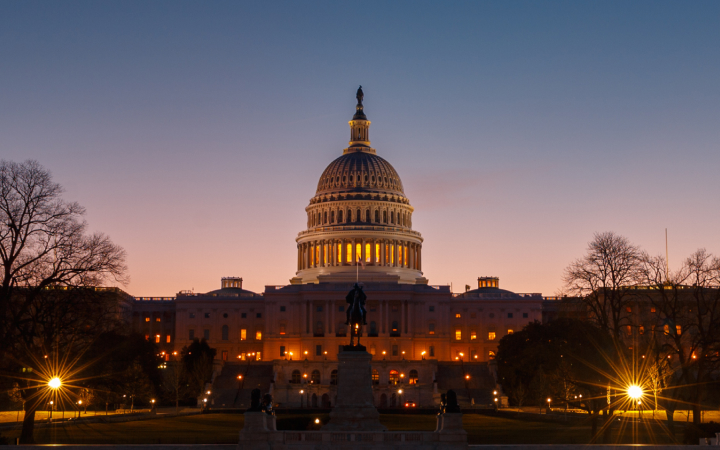What Happened?
At 12:01 a.m. today, the government shut down. Republicans and Democrats in Congress could not pass appropriation bills for the next fiscal year. This deadline rolls around every year on October 1, and this time there was no approval of a stopgap funding bill or continuing resolution to keep the government operating. With a 53-seat majority, Republicans failed to get the required 60 votes needed to extend current funding levels as Democrats sought to include, among other items, Affordable Care Act subsidies set to expire at year end.
Consequences
This is the fourth shutdown of the federal government in the past 10 years and the sixth since 1995. In terms of impacted individuals, non-essential federal employees will be furloughed, while essential workers must continue working without pay.
Economic data collected and released by the federal government may be delayed, including Friday’s important monthly jobs report. This could affect the Federal Reserve’s decision-making process as it takes employment and inflation updates into close consideration.
Our view
Historically, government shutdowns have had little impact on the U.S. economy because only a small portion of the U.S. economy actually shuts down, with much of the lost economic output eventually recouped. Gross domestic product has been positive in each of the last six shutdowns.
Stemming from the recent tax and spending legislation, payments to companies for investment in capital goods and research and development are now taking effect as well. These payments are helping to mitigate the tariff impact and should provide some cushion to the initial drag of the shutdown.
Also, shutdowns are usually short-lived, lasting an average of eight days since the 1970s. More recent shutdowns have averaged about two weeks, except for one that lasted 35 days from late 2018 into early 2019. In that case, 75% of the government was still financed.
Research suggests stocks are not significantly impacted by government shutdowns. Since 1977, data shows an even split between gains and losses during these events, with the S&P 500 flat on average. One month after the end of a shutdown, however, the S&P 500 has gained 1.2% on average and 2.6% after three months.
Stay the Course
We advise investors to look past the current political environment and stay the course. We will continue to closely monitor developments in Washington, D.C., but we believe investors should instead focus on market fundamentals such as earnings and the path of monetary policy. Third quarter earnings are expected to be robust, increasing to 7.8% year over year, up from 7.1% at the end of June. Though economic data may be delayed, the Fed is poised to continue its easing cycle. Both factors should continue to support equities.



